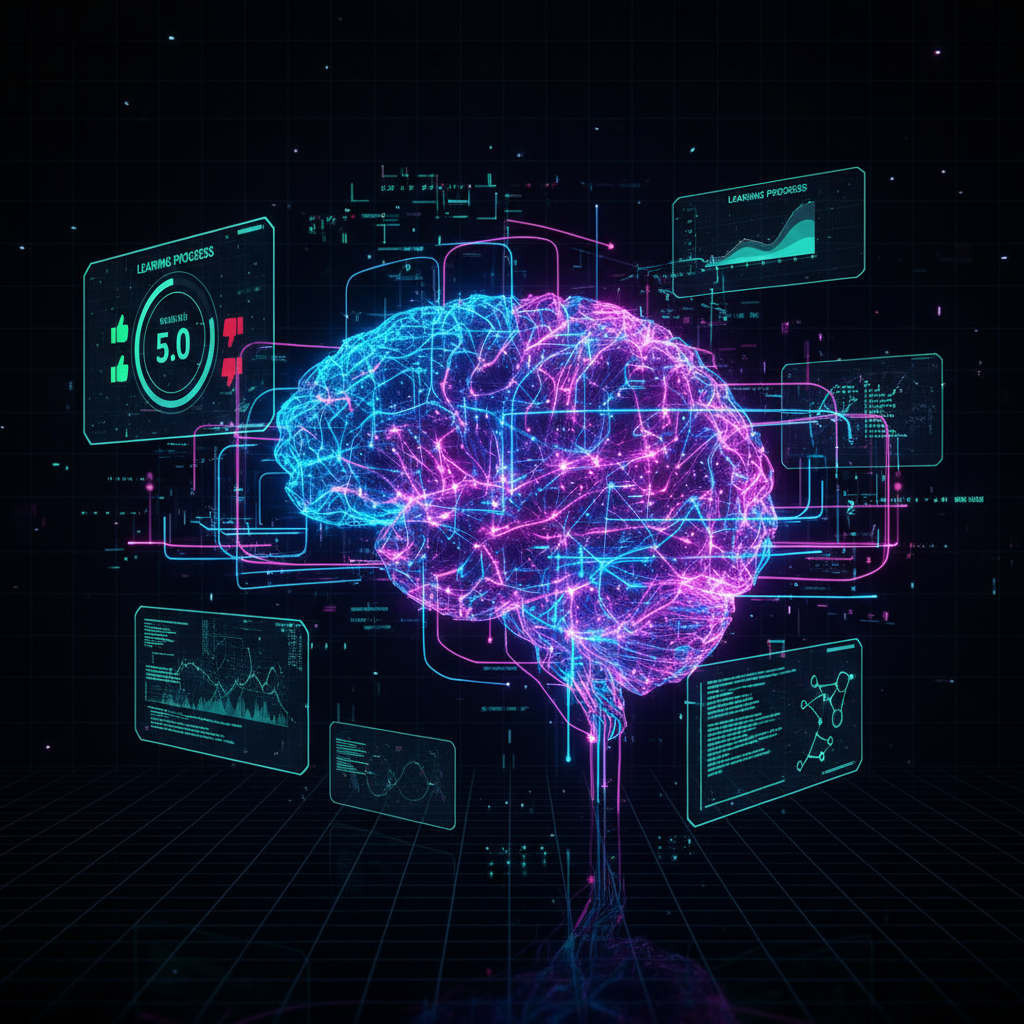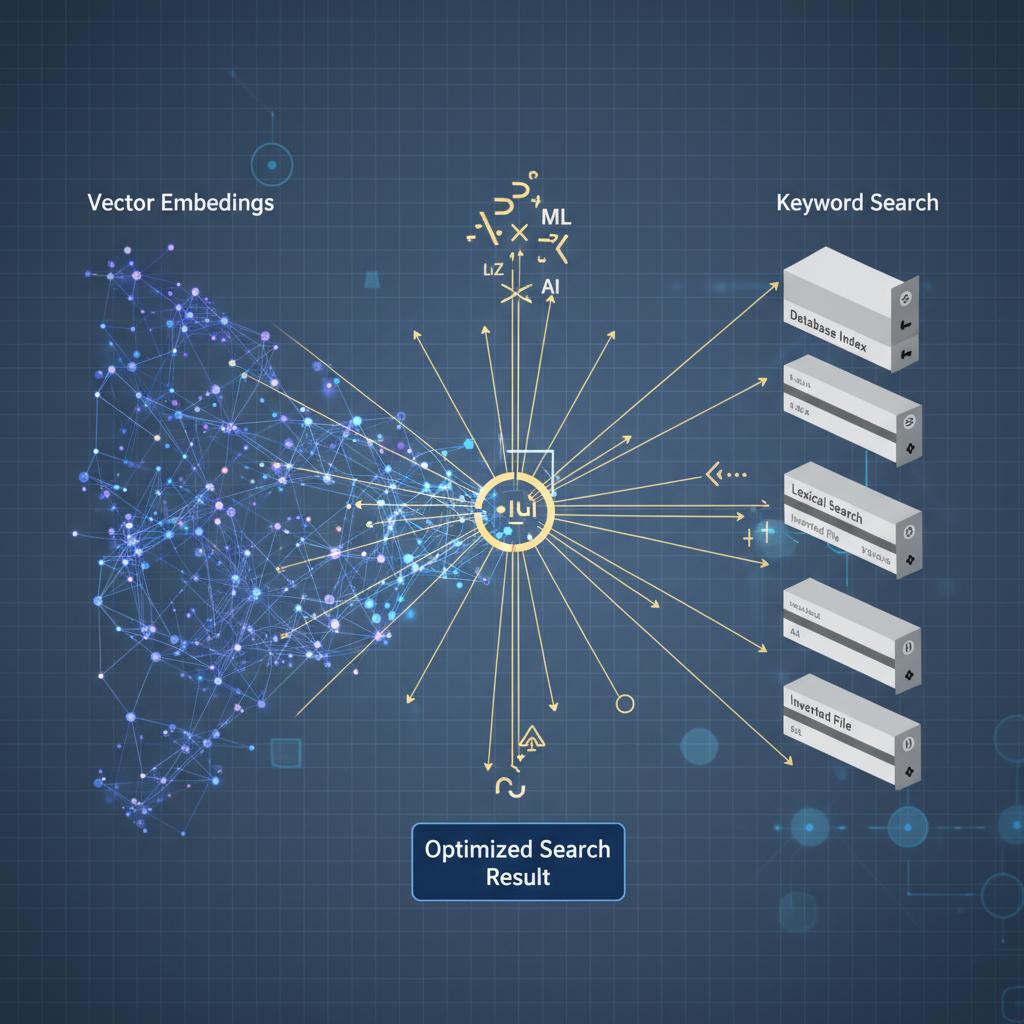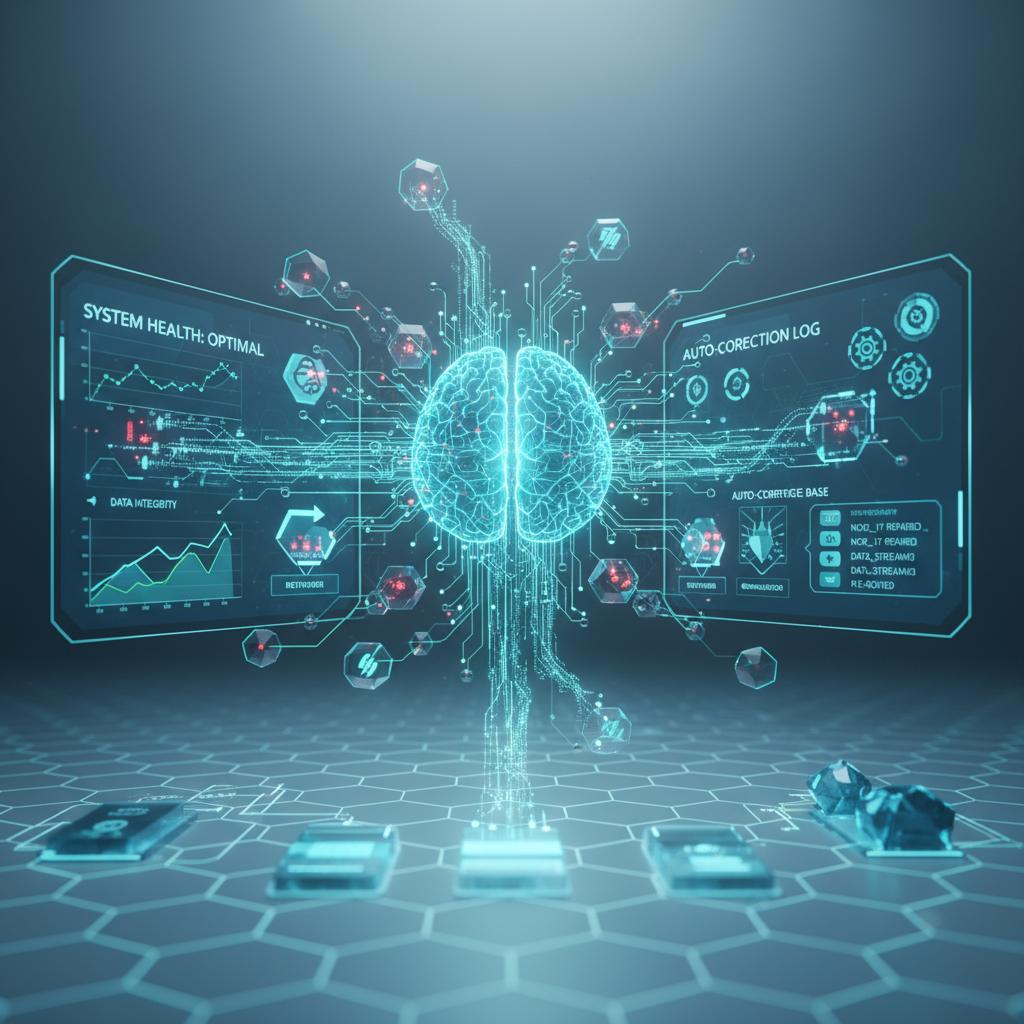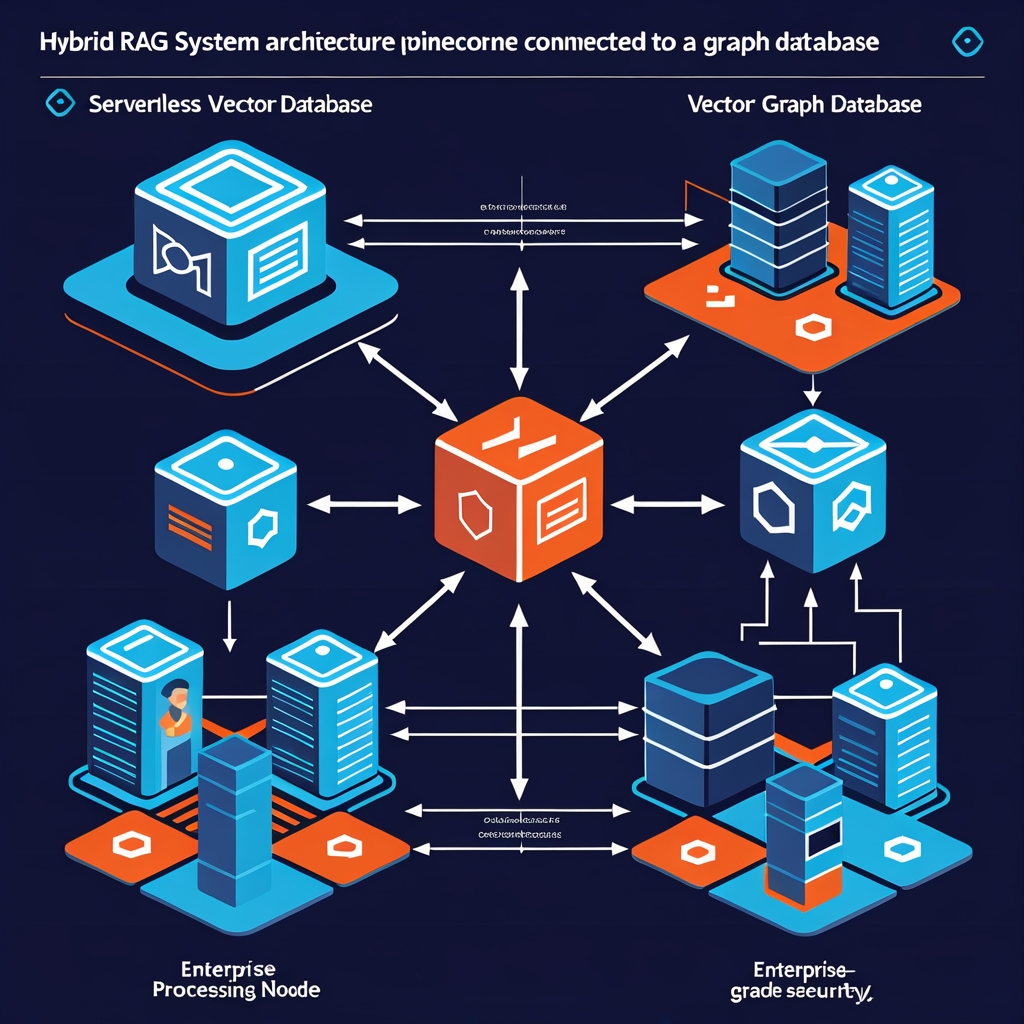Category: RAG Systems
-

How to Build Adaptive RAG Systems That Learn from User Feedback: The Complete Enterprise Implementation Guide
Picture this: Your enterprise RAG system delivers a perfectly formatted answer to a user’s complex technical query, complete with citations and confidence scores. The user reads it, frowns, and immediately searches elsewhere for the information they actually needed. Sound familiar? You’re not alone. While most organizations celebrate their RAG implementations as “mission accomplished,” they’re missing…
-

How to Build Hybrid Search RAG Systems: Combining Vector and Keyword Search for Superior Enterprise AI
Enterprise AI systems face a fundamental challenge: how to retrieve the most relevant information from vast knowledge bases when user queries can be semantic, keyword-specific, or a complex combination of both. Traditional vector search excels at understanding meaning and context, while keyword search dominates in finding exact matches and specific terminology. The problem? Most RAG…
-

How to Build Contextual RAG Systems: The Complete Guide to Dynamic Knowledge Retrieval
Enterprise AI systems are drowning in their own data. Companies spend millions building vast knowledge repositories, yet their AI assistants still provide irrelevant answers, cite outdated information, and frustrate users with generic responses. The problem isn’t the volume of data—it’s the inability to retrieve the right information at the right time based on context. Traditional…
-

How to Build Self-Healing RAG Systems: The Complete Guide to Automatic Error Detection and Recovery
Enterprise AI systems fail in predictable ways. Your RAG system retrieves irrelevant documents, generates hallucinated responses, or completely misunderstands user queries. Traditional approaches require manual monitoring and constant human intervention to catch these failures. But what if your RAG system could detect its own mistakes and automatically correct them? Self-healing RAG systems represent the next…
-

How to Build Hybrid RAG Systems with Vector and Knowledge Graph Integration: The Complete Enterprise Guide
Enterprise AI teams are hitting a wall with traditional RAG systems. While vector databases excel at semantic similarity search, they often miss the crucial relationships between entities that drive business decisions. Knowledge graphs capture these connections beautifully but struggle with nuanced semantic understanding. The result? RAG systems that either deliver semantically relevant but contextually disconnected…
-

How to Build Hybrid RAG Systems with Pinecone Serverless: The Complete Vector-Graph Enterprise Architecture Guide
In the rapidly evolving landscape of enterprise AI, organizations are discovering that traditional vector-only RAG systems hit a wall when dealing with complex, multi-layered queries that require both semantic understanding and explicit relationship mapping. While vector databases excel at finding semantically similar content, they struggle with queries that demand understanding of hierarchical structures, temporal sequences,…
-

How to Build Production-Grade Multimodal RAG Systems with Qdrant’s Edge Computing Architecture
The enterprise AI landscape just shifted dramatically. While everyone was focused on scaling traditional RAG systems in the cloud, Qdrant quietly released something that changes everything: a lightweight vector database designed specifically for edge computing with native multimodal inference capabilities. This isn’t just another incremental improvement—it’s the foundation for a completely new approach to enterprise…
-

How to Build Enterprise RAG Systems with Qdrant’s Multimodal Inference: The Complete Implementation Guide
Most enterprise RAG systems are stuck in the stone age of text-only processing while competitors leverage multimodal AI to dominate their markets. The game just changed. Qdrant became the first managed vector database to offer native multimodal inference, and early adopters are already seeing 40-60% improvements in query relevance across mixed media datasets. If you’re…
-

How to Build Production-Ready RAG Systems with OpenAI’s New Prompt Caching: The Complete Cost-Optimization Guide
Enterprise AI teams are burning through compute budgets faster than ever. While RAG systems promise revolutionary knowledge retrieval, the reality is stark: production deployments can cost thousands monthly in API calls alone. Every document chunk processed, every similarity search performed, every context window filled—it all adds up to eye-watering bills that make CFOs question the…
-

How to Build Multi-Agent RAG Systems with Microsoft’s AutoGen 3.0: A Complete Enterprise Implementation Guide
The enterprise AI landscape just shifted dramatically. Microsoft’s recent release of AutoGen 3.0 introduces a paradigm where multiple AI agents collaborate within RAG (Retrieval Augmented Generation) systems, moving beyond single-agent architectures to orchestrated teams of specialized AI workers. This isn’t just another incremental update—it’s a fundamental reimagining of how enterprise knowledge systems operate. While traditional…
-

Why Enterprise RAG Systems Need Continuous Learning: A Technical Guide to Dynamic Knowledge Updates
Picture this: Your enterprise RAG system confidently tells a customer that your company still offers a product discontinued six months ago. Or worse, it provides outdated regulatory compliance information that could cost your organization millions in penalties. This scenario plays out in boardrooms worldwide as enterprises grapple with the fundamental challenge of keeping their AI…
-

Why Your Enterprise RAG System Needs Real-Time Vector Database Updates (And How to Build Them)
Picture this: Your enterprise AI assistant confidently tells a customer about a product feature that was discontinued last month, or provides pricing information that’s three versions out of date. The culprit? A static RAG system that’s operating on stale data while your business moves at lightning speed. This scenario plays out daily across enterprises worldwide,…
